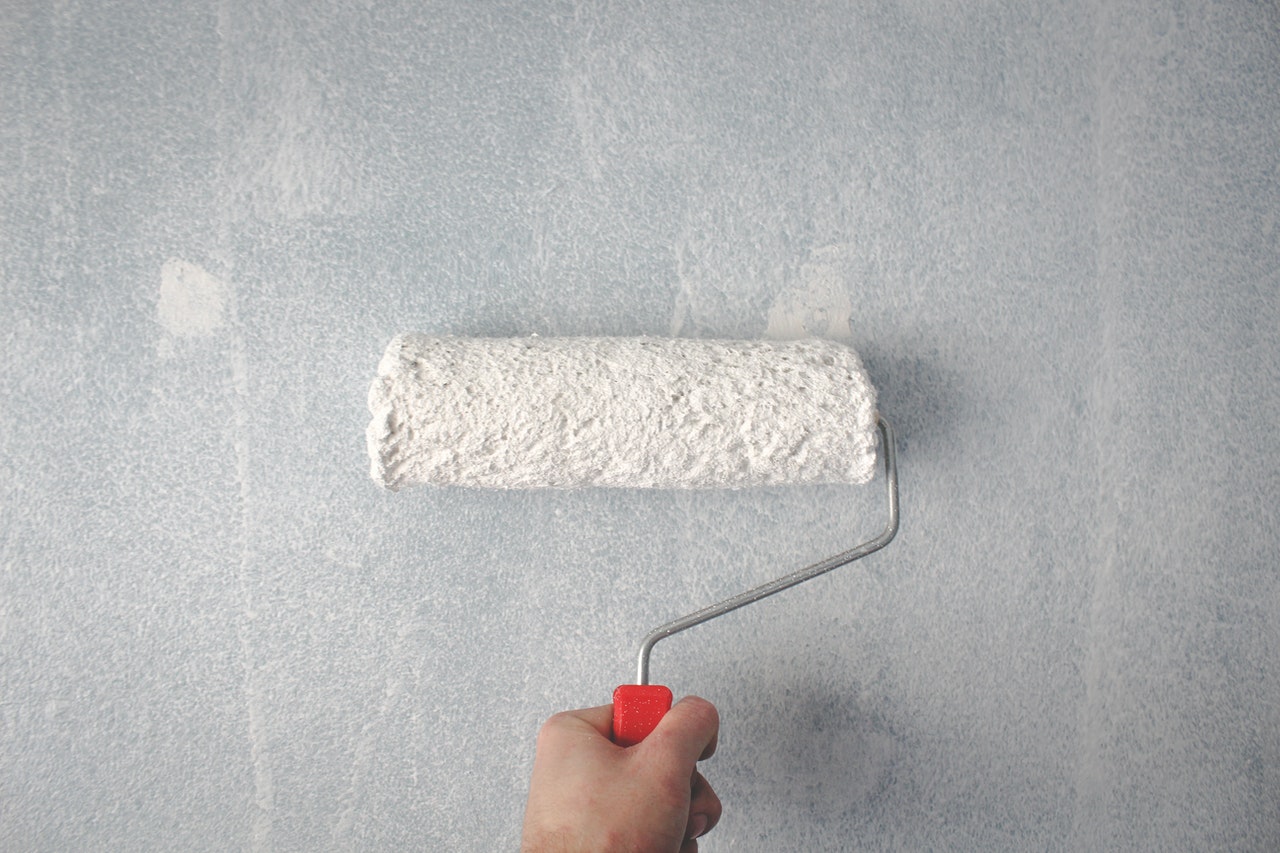Professional painters know how to do an excellent paint job even with their eyes closed. They have been doing this for so many years that estimating the amount of paint needed and how long it would take to finish a job is second nature. They can also tell you quickly how much it costs to get a paint job for a certain area or structure just by looking at it.
Hobbyists who are fond of small home projects still ask advice from professionals to get the best results. Here are the best DIY painting tips from professionals to help you paint with ease.
Don’t Paint in the Rain
Always paint when the sun is out, whether you are painting the interior or exterior of your house. That is because humidity makes the paint is more susceptible to dripping and prolongs the drying process.
Do Not Let the Paint Dry Out
If you want to save money and paint, never leave a half-empty paint can out in the open to dry out. You can put golf balls inside the cans to fill the air space inside and maintain the integrity of the leftover paint. You can also wrap the underside of the can's lid with plastic and close it securely and turn it over to keep the content moist. This way, when you’re ready to work on a new project or a small paint job, you won’t need to buy another can of paint.
Sandpaper is Your Friend
To ensure you get the best results you will want to have a smooth surface to paint on. Check the area where you will be painting and see if it has uneven parts and smoothen it out using sandpaper. Sand the surface and the edges until they are smooth. This makes the paintbrush glide easily and smoothly, resulting in fewer coats of paint.
Get Quality Painting Accessories
If you are already spending money on top-quality paint, you will want to have the best painting tools to help you have a better application on the areas you want to paint. Purchasing excellent quality brushes or rollers can give you broader coverage, saving you time when painting and avoiding re-application on specific areas.
Protect Areas You Are NOT Painting
If you have a painting project inside of your house and cannot move bulky furniture out of the room, you can cover them with plastic sheets and tape the plastic at the bottom for a secure fit. By doing this, you will protect your furniture from paint splatters and dust from sanding.
Invest in Good Primer
There are different types of primers available and are tailored to different areas to help you achieve better results. For instance, if you are painting on bare drywall, you should invest in a water-based primer to help you cover the areas better and give you a flat base before you can apply paint.
Use Canvas Drop Cloths
To keep your area clean when painting, you should use canvas drop cloths to absorb paint splatters and provide you with a cleaner workspace. Invest in a canvas drop cloth that is medium in length if you plan on painting on one specific area in the room or a larger one if you plan on painting the ceilings.
Paint Systematically
Use a roller and apply the paint, starting from the top to the bottom. When you do the process this way, you can easily cover your mistakes when you work down the wall. When you see an area that is starting to dry, leave it for a couple of hours, go back to it and paint over that area to have the best results.
Painting your houses or workspaces can be therapeutic. It can also save you money if you’re planning to work on the project yourself. While there’s nothing like the work of a professional painter, you can make your work decent and passable by taking stock of these helpful tips.
